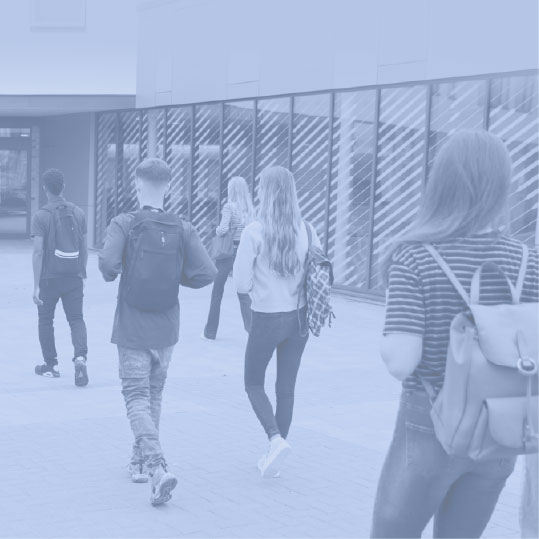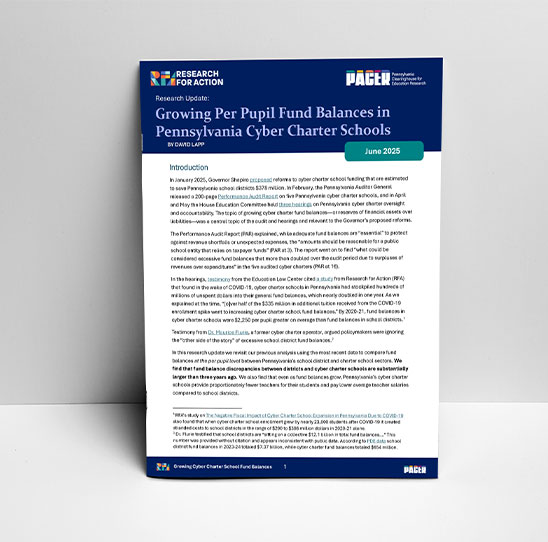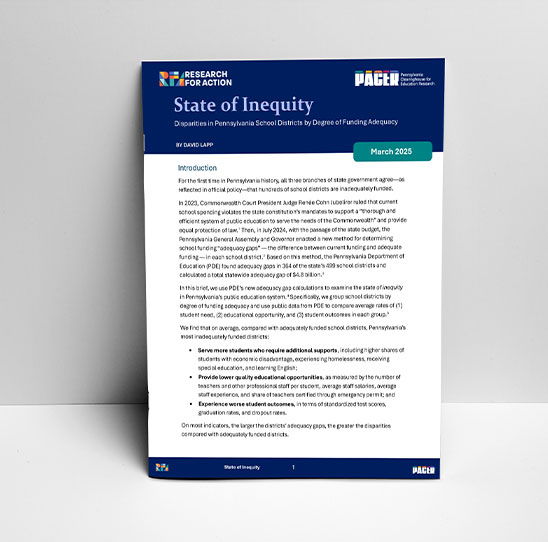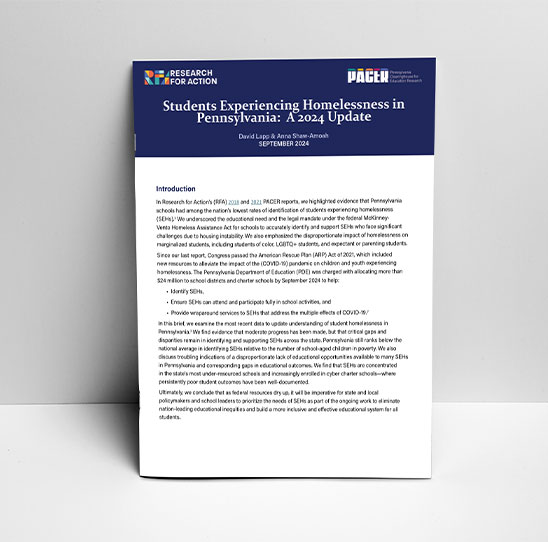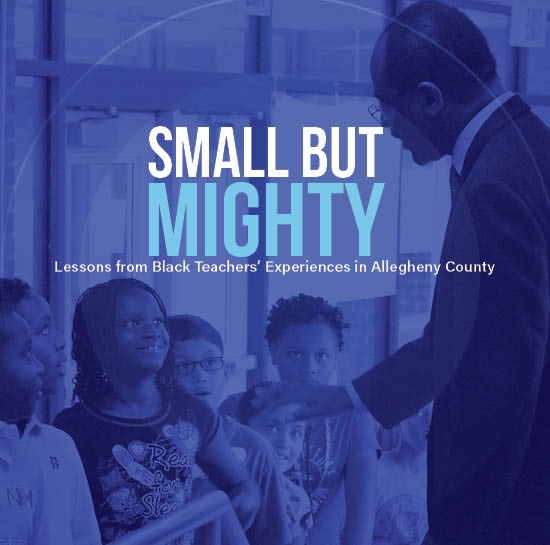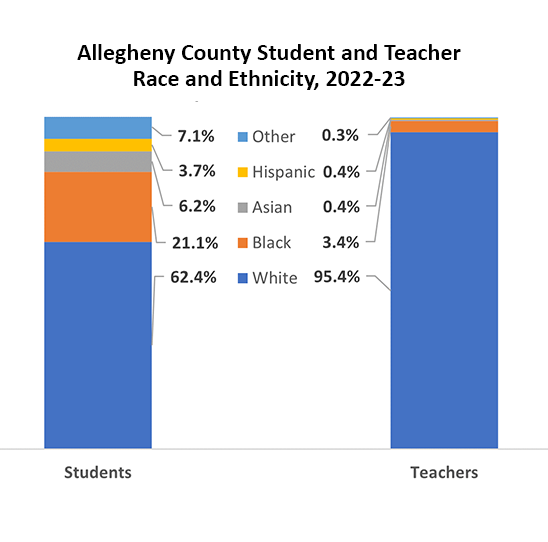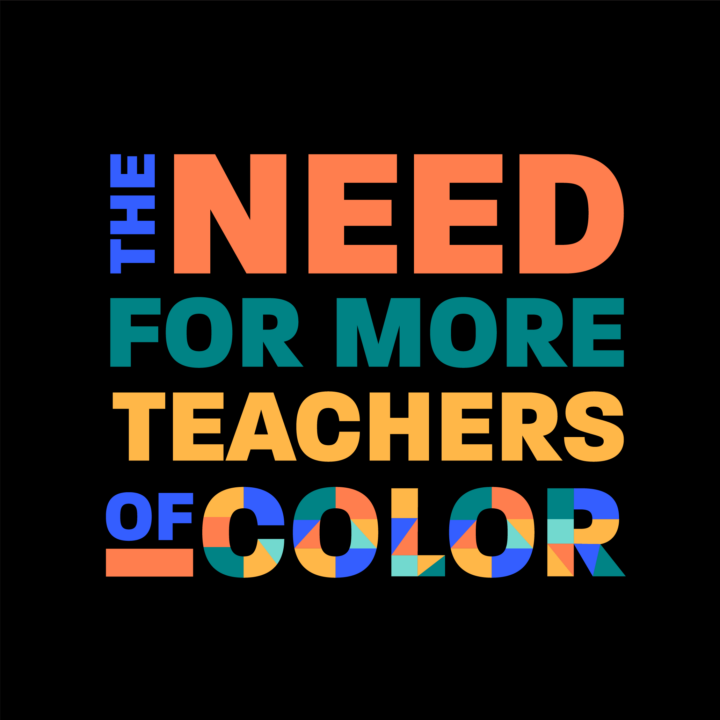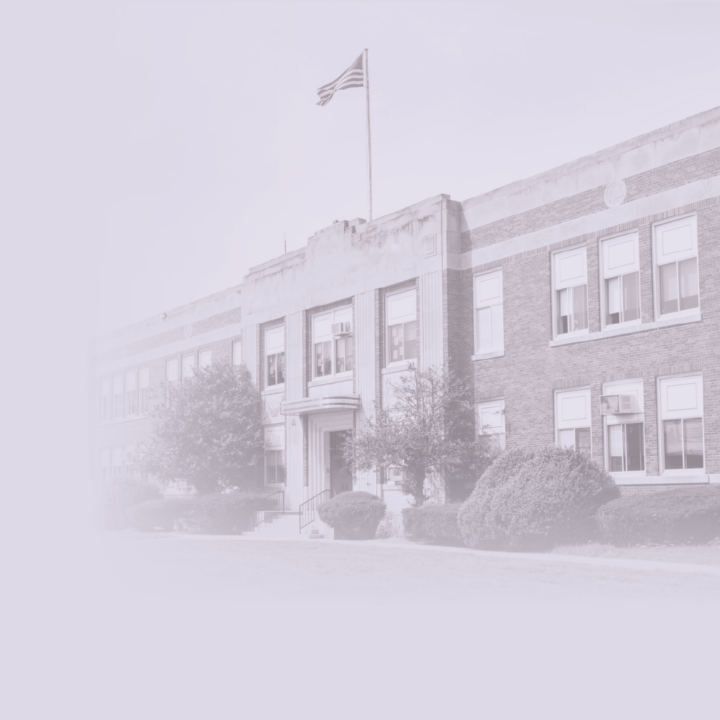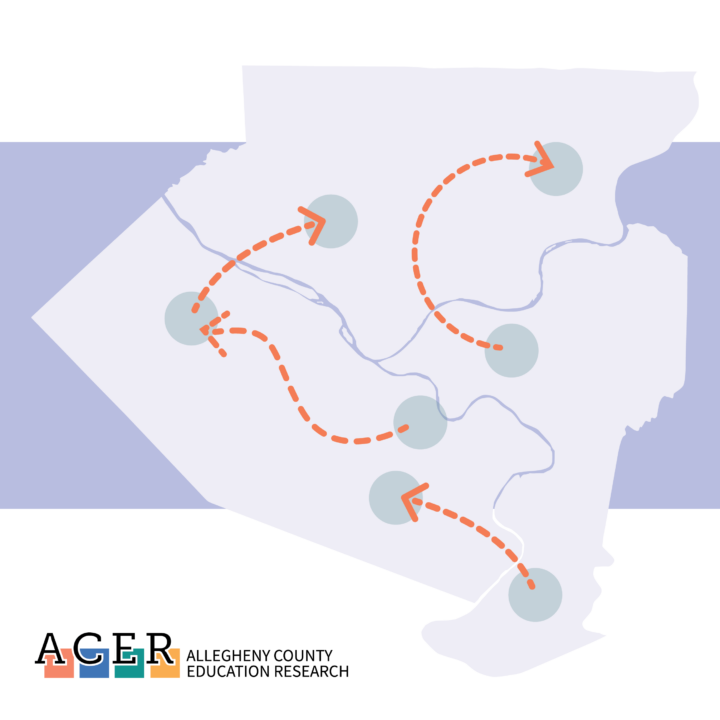Housing instability and homelessness are highly detrimental to children and youth, and the effects often linger long after the experience itself. Students who have experienced homelessness are more likely to drop out of school and, in turn, adults without a high school degree or GED are more likely to experience homelessness themselves.
Under the federal McKinney-Vento Homeless Assistance Act, public schools are mandated to identify students experiencing homelessness and provide services to alleviate the negative impacts. Because homelessness and poverty are so closely related, this is a particularly salient issue for Pennsylvania, home to Philadelphia–the poorest large city in America–and multiple other communities with poverty rates well above the national average.
New national data show that the Pennsylvania Department of Education identified 30,264 children and youth experiencing homelessness in 2016-17, including close to 25,000 students in grades K-12. In this brief, we use a well-known method of calculating the number of students experiencing homelessness and find the following:
- Pennsylvania likely under-identifies students experiencing homelessness compared to the nation as a whole.
- Identification of students experiencing homelessness varies widely within the state and across school districts, with Pittsburgh identifying at twice the rate of the state overall, and Philadelphia identifying at a lower rate than the state overall.
These new data also reveal that Pennsylvania’s charter schools under-serve these students compared to their school districts of residence.
